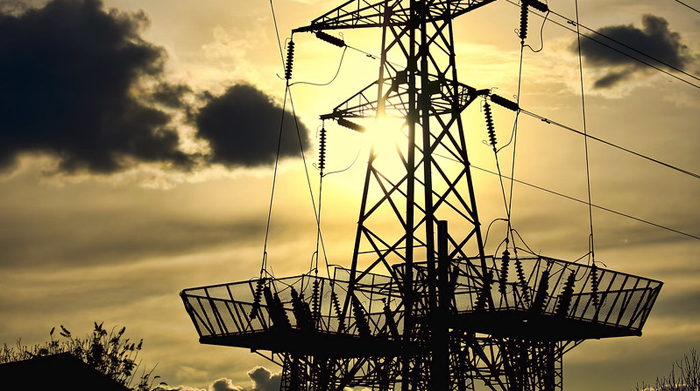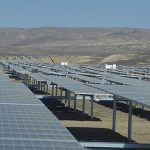Electric-Only Homes are on the Rise, According to the EIA

Image courtesy of Garry Knight under Attribution 2.0 Generic License, resized to 700 x 391 pixels.
According to the 2020 Residential Energy Consumption Survey (RECS), recently published by the Energy Information Administration (EIA), 26% of homes in the U.S. are “electric-only,” which means that electricity is their only source of energy. This equates to about 32 million out of 123 million homes.
Conversely, the highest percentage of the total (65%) is from homes that utilize electricity plus one other type of energy (the biggest combination here is natural gas and electricity). Let’s take a deep dive into these intriguing numbers.
State-by-State Electric-Only Details
As you might imagine, there is a large range when it comes to the percentage of electric-only homes by state. The state with the largest percentage of all-electric homes is Florida, where 77% of homes are electric-only. Conversely, only 7% of homes in New York and Michigan are electricity reliant.
In general, the primary delineator seems to be climate, with warmer climates having a higher percentage and colder climates having a smaller percentage. But there are other factors as well. For instance, only 8% of homes in California are all-electric despite having a relatively mild climate, which is comparable to states like NY and MI that have colder climates. The reason is that California has one of the most expansive natural gas infrastructures in the U.S., utilized by a whopping 72% of homes in the state, so it has a lower percentage of electric-only homes basically by default.
Unfortunately, there is limited historical data against which to compare these numbers, as the most recent study represented the first-time state-level data was compiled for all 50 states. That said, I have to assume electricity demand in the U.S. has been and will continue to rise at least in the near term due to population growth. This could put a strain on supply during peak times, yet another reason for the increasing importance of emergency preparedness in the utility industry.



